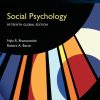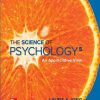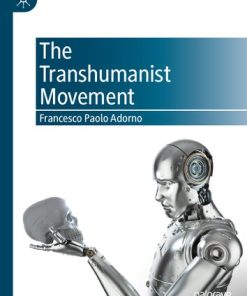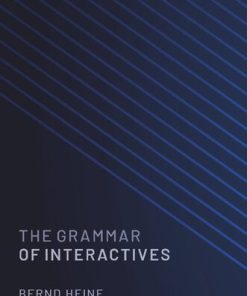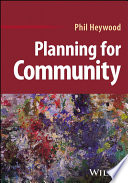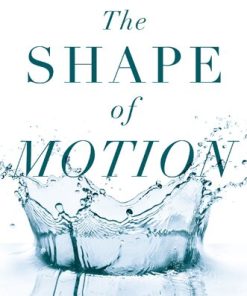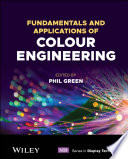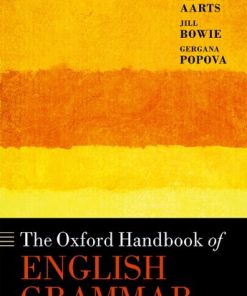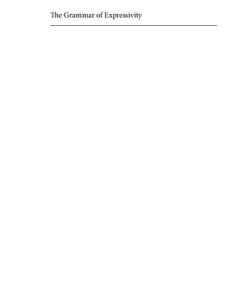The Grammar of Multiple Head-Movement Phil Branigan 9780197677049 0197677045
$50.00 Original price was: $50.00.$25.00Current price is: $25.00.
The Grammar of Multiple Head-Movement Phil Branigan – Ebook Instant Download/Delivery ISBN(s): 9780197677032,0197677037,9780197677049,0197677045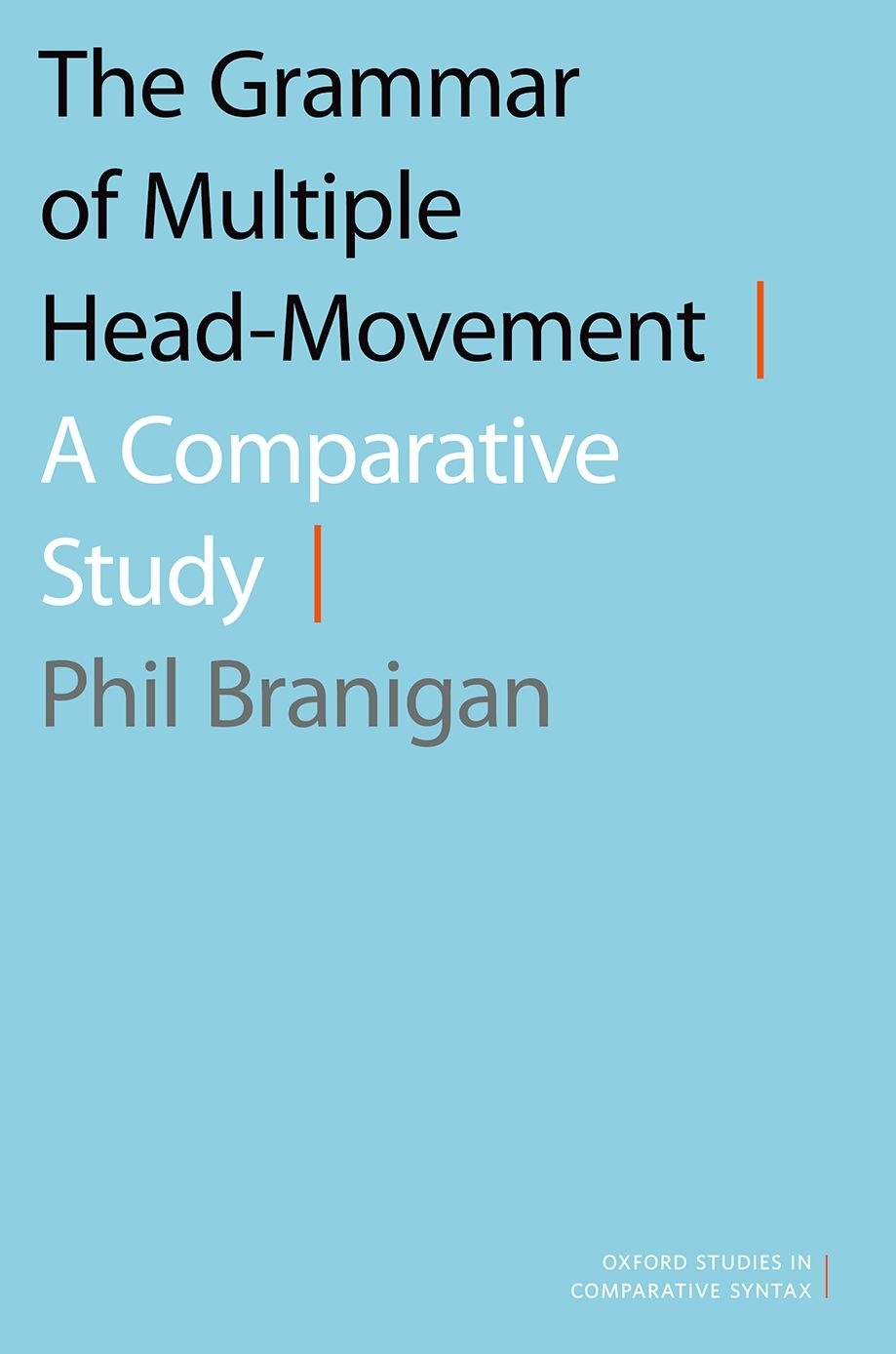
Product details:
- ISBN 10: 0197677045
- ISBN 13: 9780197677049
- Author: Phil Branigan
Head-movement has played a central role in morpho-syntactic theory, but its nature has remained unclear. While it is widely accepted that the main grammatical constraint controlling head-movement is the Head Movement Constraint (HMC), this constraint is flouted in many of the linguistic structures examined in this book. More specifically, the strictures of the HMC turn out to be sometimes inactive for specific grammars allowing multiple head-movement to take place in particular syntactic contexts.In The Grammar of Multiple Head-Movement, Phil Branigan shows that multiple head-movement is far from rare, forming a part of the grammar in Finnish, in English, in Perenakan Javanese, in northern Norwegian and Swedish dialects, and generally in the Slavic and Algonquian language families. Basing his analysis on a new model of the grammatical parameters which control word formation in the human brain, Branigan shows how careful attention to the contexts in which multiple head-movement takes place allows new generalizations to be identified. And these, in turn, allow a new model to be formulated of how head-movement fits into the overall architecture of grammatical computation. Through careful comparative study, Branigan not only provides a better understanding of head-movement, but also provides new opportunities to address larger questions concerning the architecture of the grammatical system and the theory of linguistic parameters.A new account of how complex words are formed in languages as different as Russian or Innu-aimun, as well as in English, this study deepens our understanding of how languages vary and of the mental computational system of human grammars.
Table contents:
Chapter 1: Introduction
1.1 What is Multiple Head-Movement?
1.2 The Morphosyntactic Challenge from Slavic Aspect
1.3 The Morphosyntactic Challenge of Tripartite Stem Structures in Algonquian
1.4 The Claims and What is to Come
Chapter 2: A modular theory of head movement
2.1 Situating Head-Movement
2.2 A Driver For Head-Movement
2.3 A Mechanism For Head-Movement
2.4 Deriving The Head Movement Constraint
2.5 Enabling Multiple Head-Movement
2.6 Minimal Case Studies With Multiple Head-Movement
2.7 Conclusion
Chapter 3: Multiple head-movement in Russian
3.1 Morphological Components of Russian Tense/Aspect
3.2 The Locus of Perfectivity
3.3 Limitations of Alternative Models of Russian Verbal Structures
3.4 Conclusions
Chapter 4: Multiple head-movement in Innu-aimûn
4.1 Preverbs and Verb Complexes in Innu-AimÛn
4.2 Some Nuances and Complexities
4.3 Multiple Head-Movement with Verb Phrase Adjuncts
4.4 Multiple Head-Movement in vP
4.5 Multiple Attraction in Nominal Phrases
4.6 Multiple Head Movement in Locatives
4.7 Interacting Multiple Head-Movements Within the Verb Phrase
4.8 Non-Alternatives to Multiple Head-Movement
4.9 Conclusion
Chapter 5: Parameter setting with multiple head-movement
5.1 Introduction
5.2 How Existing Models React to the PLD
5.3 Parameter Setting With Exceptions
5.4 Formalization of a Learning Algorithm
5.5 Conclusion
People also search:
head movement examples
the grammar heads
head movement linguistics
head movement syntax
both the cerebellum and midbrain are partly responsible for
You may also like…
Politics & Philosophy
Business & Economics - Management & Leadership
Uncategorized
Arts - Architecture
Engineering - Electrical & Electronic Engineering
Computers - Media
Fundamentals and Applications of Colour Engineering 1st Edition
dictionaries & phrasebooks
dictionaries & phrasebooks


